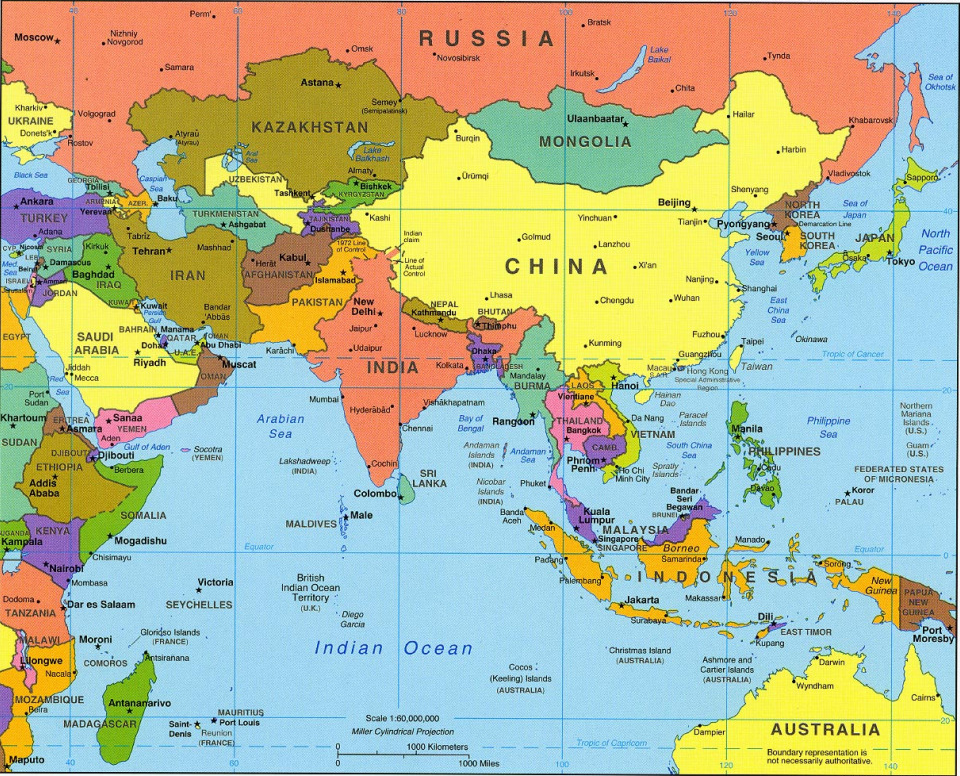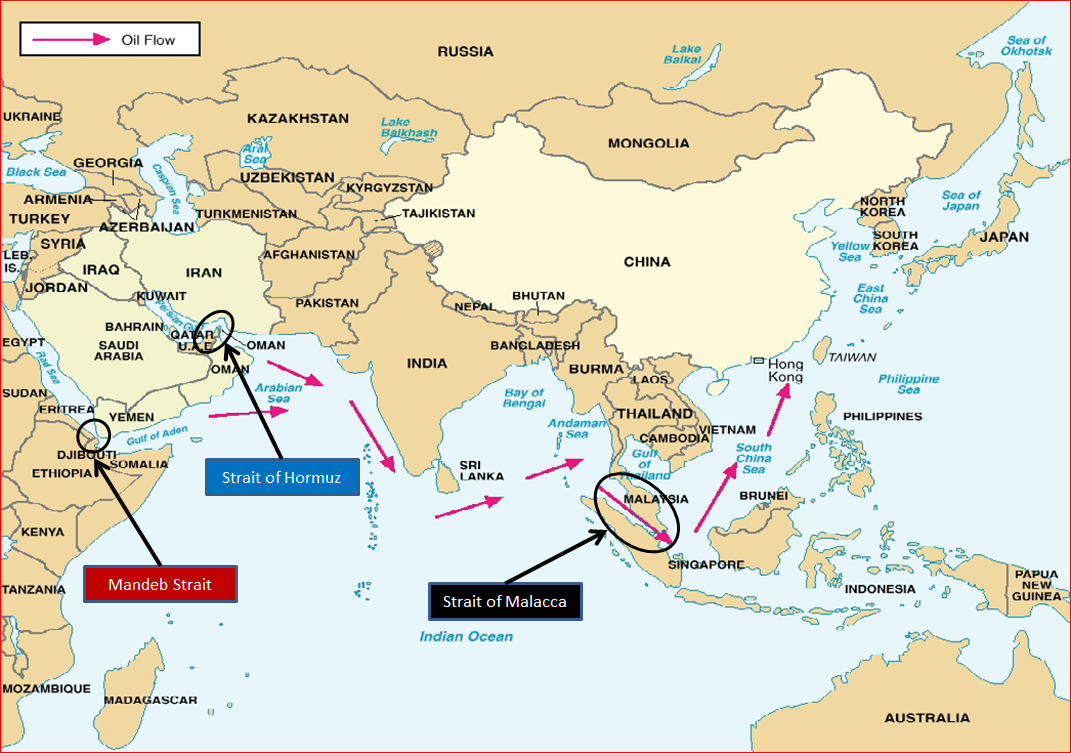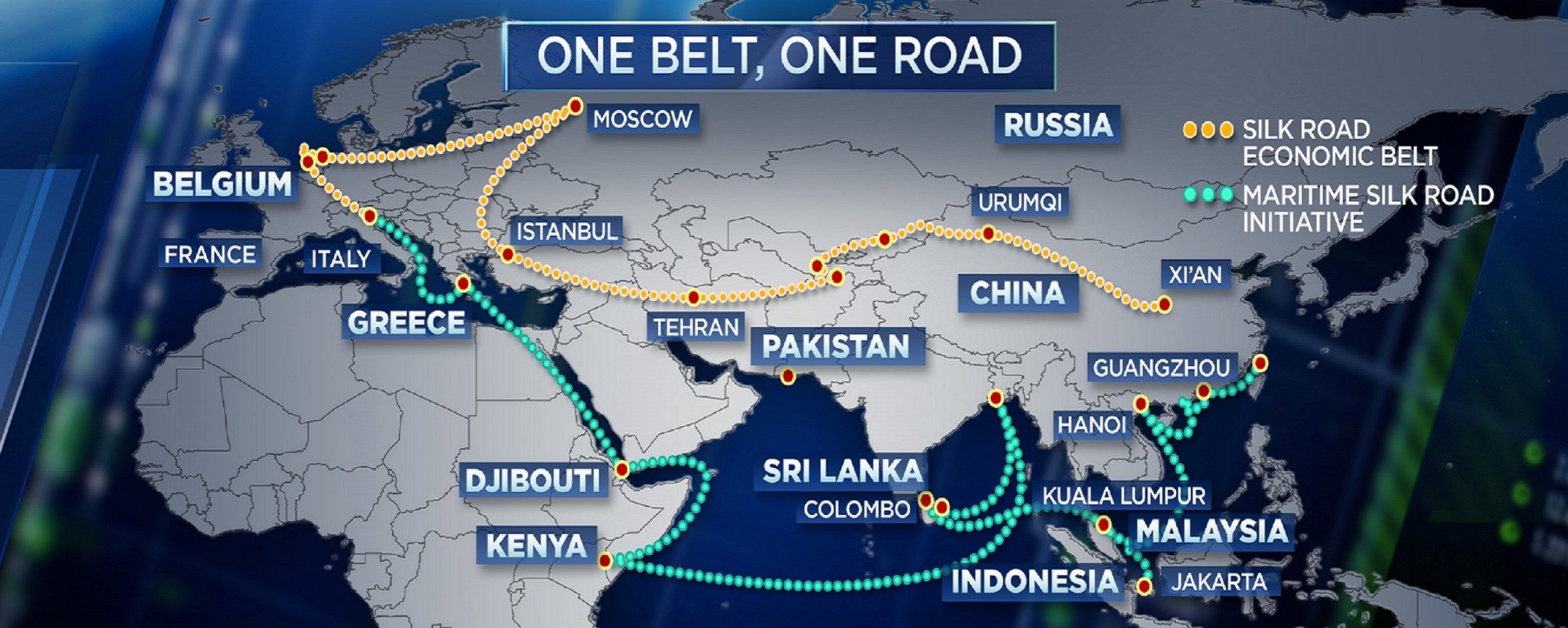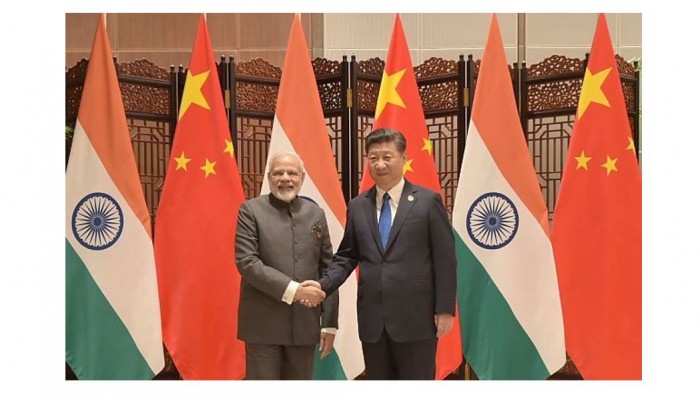The Great Game- India vs China. Part 1: Is India ready for the Chinese Challenge in its neighborhood?
- In Military & Strategic Affairs
- 08:02 AM, Mar 20, 2018
- Mohal Joshi
It is often remarked that while the 19th century was Great Britain’s Imperial century & the 20th century was America’s century, the 21st century is going to be the Asia’s century. The demographic decline of the Western powers coupled with the economic rise of Asian countries makes Asia where the power will eventually rest in the present century. It is not a mere coincidence that for a majority of its history Asian geopolitics has primarily revolved around two major powers India & China. Today a fascinating “Great Game” is being played between these two heavyweights of Asia who are vying for regional supremacy as well as the control of their neighborhood.
The “Great Game” was the name given to a rivalry between the Russian Empire & British Empire between the middle of 18th to early 20th century. The rivalry began with Russia annexing the Khanate’s kingdoms in Central Asia (modern day former Soviet republics of Kazakhstan, Uzbekistan, Turkmenistan, Kyrgyzstan & Tajikistan). This southward expansion of the Russian empire alarmed the British who feared that Russia will look to conquer Persia (modern day Iran), Afghanistan & importantly pre partition India. India lay in a dominant position in South East Asia connecting the vital sea lanes for the British navy & a loss of India would affect control of its other colonies in Asia. Thus began a series of moves & counter moves from both empires over the next 150+ years to check the opponent’s control & influence. The “Great Game” took place across a vast swathe of Asia in Afghanistan, Central Asia, Persia (Iran) & Tibet. The “Great Game” is one of the fascinating events in the history of Asian geopolitics which not many people know about but had far reaching consequences on the history of multiple countries in Asia. Many of today’s biggest issues in the Indian subcontinent’s have some form of direct or indirect linkages to the “Great Game” be it Jammu & Kashmir, Indo-China border issue, Tibet, Pakistan-Afghanistan border issue, etc. But for now I will leave explaining those linkages for another day.
Fast forward to the present day & today we see an analogous version of the “Great Game” being played in Asia. The British & Russian empires have been replaced by the two Asian giants: India & China which are the two largest countries in Asia in terms of landmass & share an extremely long disputed border over which they went to war in 1962. To understand the India – China rivalry one has to delve into a bit of history. India’s history is well known to all so I will skip over it & proceed right to China’s history. China from around 1840’s were forced to give up territory, trading rights & open ports to France, Britain, Russian & Japanese empires due to losses in various wars. The Chinese people firmly believe that the past 150+ years of history where they were exploited by the colonial powers was simply an aberration & before that they were a “great power”. Their rise to preeminent status in the world today is simply a return to the norm that existed before 1840. However the notion of China being the leading power in the world before that time period is a case of revisionist history which most scholars will agree is not the case. On the economic front China economy was not in a great shape in the late 1970’s after the death of its founder Mao. In 1978 their leader Deng Xiaoping started economic reforms including liberalizing the economy & opened up the country to foreign investment. China grew from strength to strength over the next 40 years including some years of 10+% growth. China is now the 2nd largest economy in the world poised to become the world’s largest economy by middle of this century.
INDIAN OCEAN REGION & OBOR
Indian Ocean is a strategic waterbody that stretches from the Middle East & Africa in the west to South East Asia & Australia in the East. The Indian peninsula stretches out from middle of Asia into the India Ocean close to the sea routes crisscrossing from west to east & vice versa.

Image: Courtesy of groupfiveindia.wordpress.com
Half the world’s container traffic and 70 percent of its petroleum shipments pass through the India Ocean. For China having these sea routes open & secure is of vital importance for oil imports from the Middle East & its exports in the opposite direction to Middle East, Africa & Europe. These routes pass by Indian subcontinent which China can’t simply wish away. In times of conflict with India there could arise a situation where India if it chooses could either impose a naval blockade of ships to & fro from Chinese ports.

In the IOR there 3 major chokepoints for maritime shipping
- Strait of Malacca is a narrow body of water between the Malaysian Peninsula & Sumatra (Indonesia). It is considered to be the busiest shipping lane in the entire world. Car Nicobar, the southernmost of the Andaman & Nicobar Islands is ~ 100 nautical miles away from the western entrance of the Strait of Malacca giving India an advantage in this part of the IOR.
- Strait of Hormuz is a narrow body of water between Iran, UAE & Oman. This waterway carries the oil shipments to & fro from the Gulf Region.
- Mandeb Strait is a narrow body of water between Djibouti & Yemen. This waterway carries the cargo shipments from the Suez Canal to Asia & vice versa.
Till 2007 Chinese navy had not ventured much in the Indian Ocean Region as commonly referred to as IOR. I shall refer to the Indian Ocean Region as IOR henceforth in this article. IOR was primarily regarded as India’s “backyard” i.e. strategic space. Chinese now made a conscious effort to expand into the Indian Ocean by establishing military bases, ports, listening posts & other maritime infrastructure all over the IOR.
Chinese premier Xi Jinping in 2013 unveiled OBOR (One Belt One Road) also known as BRI (Belt & Road Initiative) which involved connecting China to Asia, Africa & Europe with a series of infrastructure projects to improve connectivity between China & rest of Eurasia/Africa.

Image: Courtesy of CNBC.com
After the 2008 global recession, Chinese growth which was primarily dependent on exports now took a big hit as the economic slowdown began to slow it’s the demand for its goods. This would invariably result in unemployment & then unrest which is a sensitive thing especially in a communist state like China. The OBOR (One Belt One Road) is smart initiative where it to uses the “excess capacity” at home to build infrastructure projects abroad thus keeping demand & employment up till it transitions from being primarily an export drive economy to one relying on domestic consumption. China has ongoing OBOR projects in multiple countries across Asia & Africa. China also has invited India to the OBOR initiative which it has refused citing territorial sovereignty issue. OBOR project in Pakistan runs through India territory of Pakistan Occupied Kashmir & hence the objection from India.
Next I will highlight separately for each country/region across the IOR the Chinese & India moves & counter which is a part of this new “Great Game”.
Editor's Note: The Maps shown in the images are shown by the author for illustrative purposes and are referenced from sources. MyIndMakers is not responsible for the maps shown, the sources for the maps are listed below.







Comments